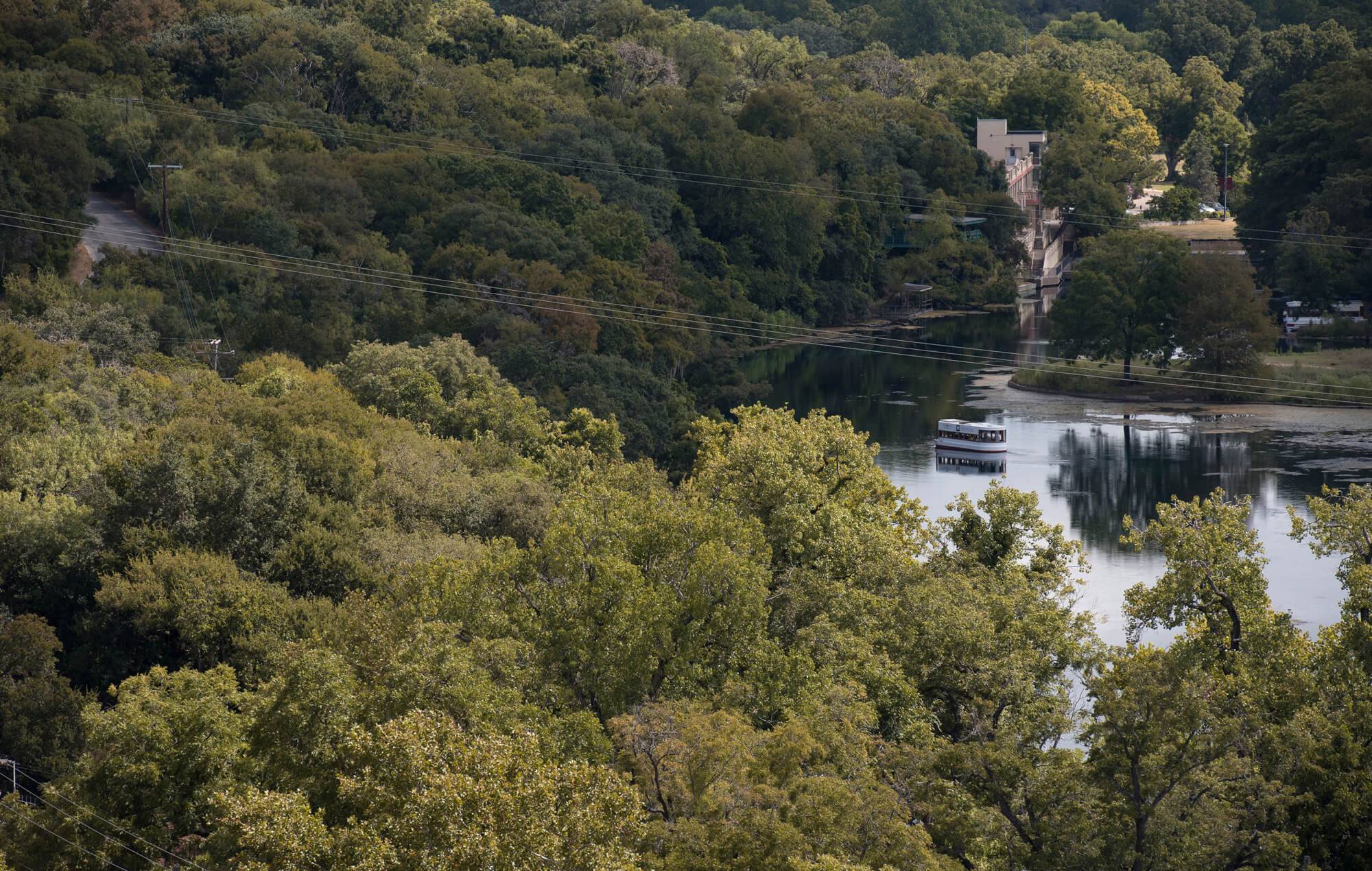Macrobotanical Analysis

CAS employee, Megan Vallejo performing flotation.
Flotation samples from Spring Lake were processed using a method known as "flotation" in order to collect archeobotanical data. Specifically, the flotation was conducted to separate small plant materials out from the sediment so that they could be identified. This analysis, called Macrobotanical analysis, allows us to better understand ancient diet and environment at Spring Lake.
Dr. Leslie Bush conducted the macrobotanical analysis for the samples collected and processed during the 2014 Spring Lake Data Recovery Project.
She found some interesting trends:
- Oak wood was a common plant species found in the samples. Oak trees were probably the preferred fuel during all the time periods sampled (Paleoindian through the Late Prehistoric), even though most oak trees were likely located in more upland areas some distance away from the immediate vicinity of the Spring Lake Site.
- A variety of fruits, nuts, and green plants were recovered from the Early to Late Archaic.
- Bulbs and tubers (Geophytes) were recovered only from the Transitional Archaic and Late Prehistoric samples.
Graph of Geophytes Occurance at Spring Lake

